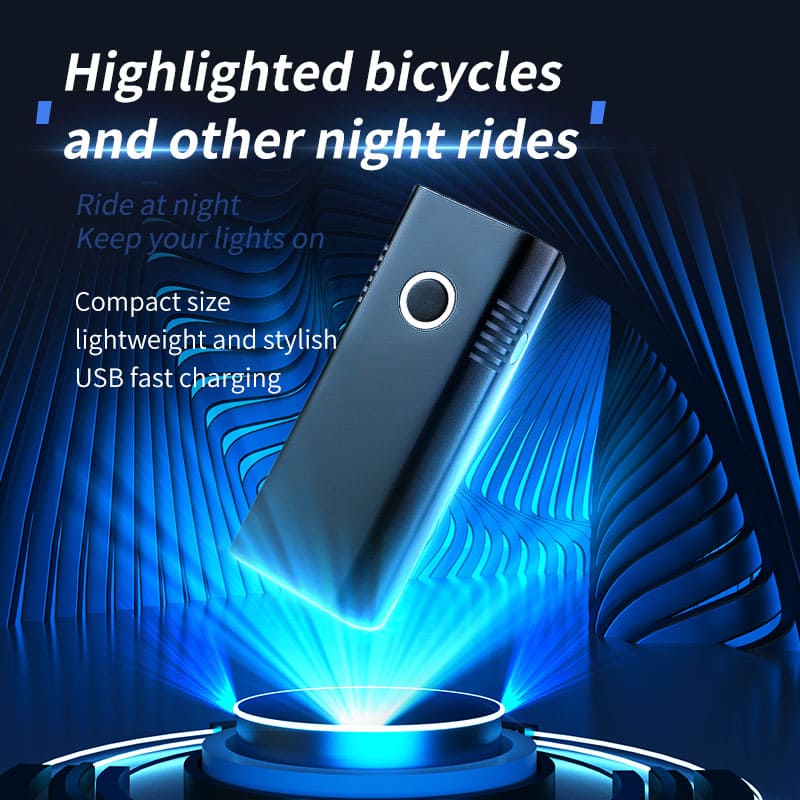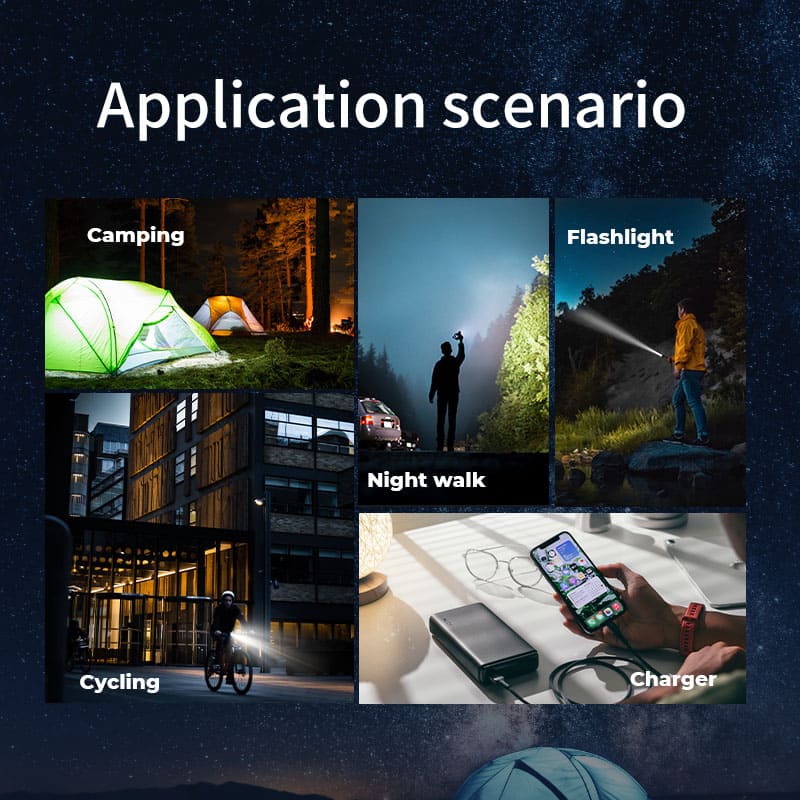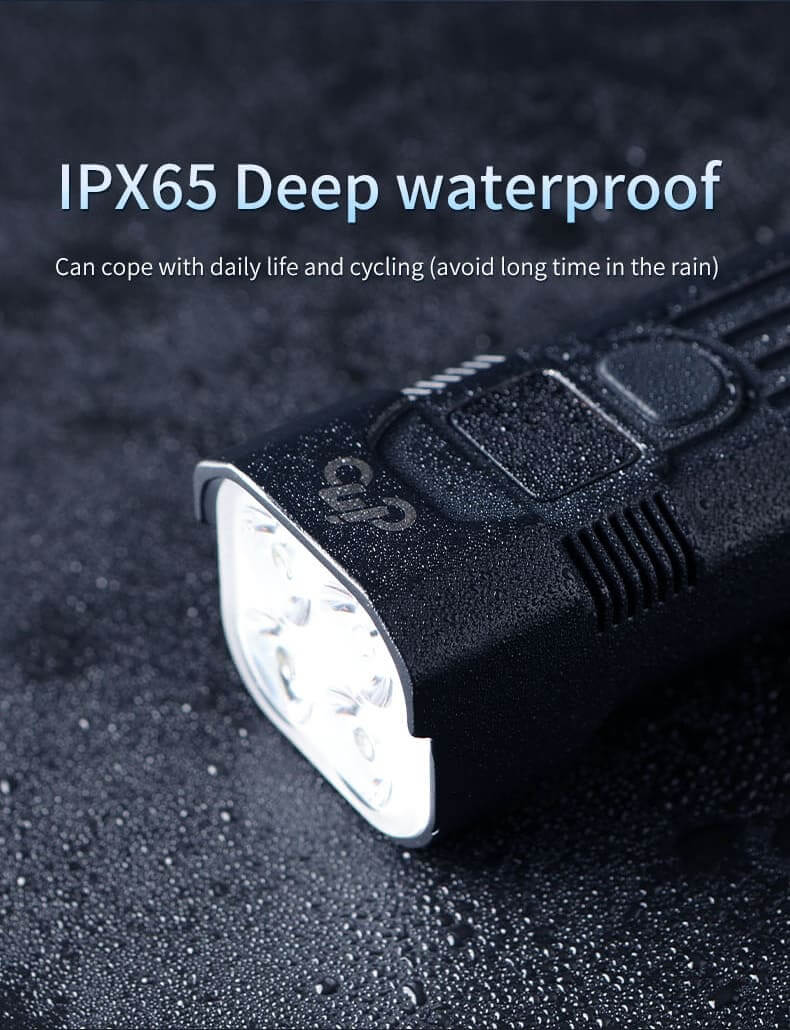How to Choose the Best Bike Light for Your Needs
As an avid cyclist, having the right best bike light can make a big difference in your safety and visibility. Bike lights serve multiple purposes, from illuminating your path to alerting other road users of your presence. However, with the variety of options on the market, choosing a bike light can seem daunting. Here are some key factors to consider when selecting a bike light for your specific needs.
Lumens and Beam Pattern: Lumens refer to the total amount of light that the light emits. More lumens means a brighter light, which is good for riding in very dark conditions. However, too many lumens in a narrow beam pattern may simply shine a narrow spotlight far in the distance without properly illuminating your peripheral vision. A light with fewer lumens and a wider beam pattern can provide visibility and light where you need it most. Consider how much light you need based on the time of day and roads/trails you will ride.

Runtime: Most rechargeable bike light manufacturers specify run time on a single charge based on the light output mode. Brighter modes will significantly reduce runtime. If you need extended periods of maximum brightness, choose a light with longer claimed runtimes, higher capacity batteries and consider bringing backup batteries with you. For a long commute, a light with at least 5-6 hours of runtime on higher outputs is good.
Mounting Options: How you mount the light to your bike depends on the type of riding you do. Helmet mounts provide light that moves with your head, ideal for mountain biking. Handlebar mounts are excellent for road cycling to keep the beam aimed forward. Some lights offer both mounting options for maximum versatility. Ensure the mounting straps or brackets included suit your needs and fit your desired location properly.
Rechargeability: For environmentally-friendly and convenient use, rechargeable bike lights are the best option. Between uses, simply plug them in at home to have them ready when needed. Models with a fuel gauge or runtime indicator also allow you to see when the battery is low before heading out to ride. For all-day adventures, look for lights with swappable rechargeable batteries.
Other Considerations: Additional useful features to look for include different power output modes so you have light only when needed, a steady blink mode for maximum visibility to others, durable and water-resistant construction, integrated rear red light for all-around visibility and included accessories like helmet mounts or charging cables.
With some forethought into how and where you ride your bike, you can choose a light setup that provides all the illumination you need as well as safety from other road users or trail obstacles. Take into account each of the factors for beam brightness and pattern, runtime, mounting options, rechargeability and any other useful features specific to your cycling. The right bike light can make every ride safer and more enjoyable, both day and night.

Reviews on INBIKE Bike Light
Rechargeable lithium batteries with up to 12 hours of runtime on lower levels is suitable for most riding applications. The fuel gauge is useful for monitoring battery level before heading out. However, the time required to fully recharge the batteries after longer rides is not specified.
Both the front spot beam and rear wide beam patterns should illuminate what you need to see while also alerting others around you. The wide rear red light visible up to 1 mile away is good for safety.
Water resistant rating of IPX4 means the lights can withstand splashes from any direction, though not fully waterproof. For very rainy weather, permanently mounted lights may be better whereas these could work for intermittent showers.

Versatile and secure mounting options including handlebar mounts for the front and seat post mount for the rear provide flexibility. The rubber straps appear adjustable to fit a range of bar and post diameters.
Additional useful features are the memory function to retain last used setting, impact resistance and built-in USB ports for recharging mobile devices or other electronics.
Some potential limitations may be battery life over time, lack of swappable battery packs for extended runtime and relatively short warranty coverage of 1 year. Construction quality over the long run may not match higher-end, name brand lights.

